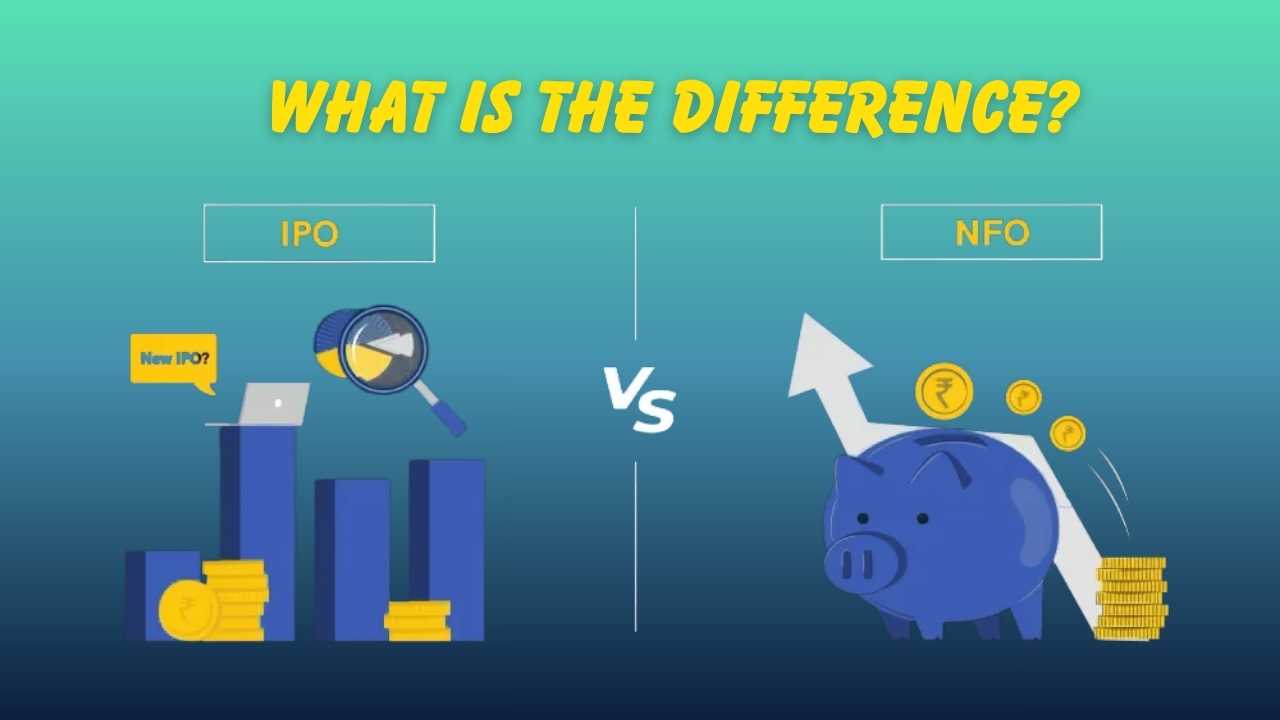Investors don’t always need equity instruments to generate returns or build wealth. Different types of debt instruments also serve as great investment options for conservative investors. With mutual funds, choosing the right kind of fund for your current and future financial needs is essential.
Liquid and debt funds invest entirely in debt instruments, but both vary regarding investment strategy and investor benefits. Let’s look at the salient points of the two to help you choose the best that meets your requirements.
What are Liquid Funds?
Mutual funds that invest in short-term debt instruments like treasury bills (T-bills), commercial papers (CPs), and certificates of deposit (CD) are called liquid funds. These funds are highly liquid, making them ideal for investors who need quick access to their money.
Liquid funds’ maturity period is usually capped at 91 days, which helps reduce interest rate risks. They offer returns that are typically better than savings accounts while maintaining safety and liquidity. In most cases, investors can redeem their investments within one to three business days.
While liquid funds are considered low-risk, they are not entirely risk-free. Factors like credit risks and market changes can impact their returns. Compared to equity funds, liquid funds have lower risk, which makes them a reliable option for conservative investors with short-term financial goals.
Pros and Cons of Liquid Funds
Pros:
- High liquidity with quick access
- Low risk due to short-term assets
- Better returns than savings accounts
- No lock-in period for investments
- Ideal for emergency funds
Cons:
- Limited potential for high returns
- Not entirely risk-free (credit risk)
- Unsuitable for long-term investments
- Returns may fluctuate slightly
- Limited scope for wealth creation
What are Debt Funds?
When mutual funds invest in fixed-income instruments like bonds, treasury bills, and corporate debt, they are called debt funds. These funds offer steady income and capital preservation. Thus, conservative investors seeking stability prefer these types of funds.
The returns from debt funds come primarily from the interest earned on their securities. Debt funds are categorised based on duration, risk level, and investment strategy, including short-term, medium-term, and long-term options. This variety helps investors pick funds that align with their financial goals.
The risk of debt funds is lower compared to equity funds. However, you cannot claim that they are entirely risk-free. Fund performance depends on factors such as interest rate changes, credit risk, and inflation. Investors should carefully evaluate their risk tolerance and investment horizon before investing in debt funds.
Pros and Cons of Debt Funds
Pros:
- Diversified options for various goals
- Tax-efficient for long-term investments
- Offers stable and predictable returns
- Suitable for medium-to-long-term goals
- Less risky than equity funds
Cons:
- Performance affected by interest rate changes
- Carries credit and default risks
- Lower liquidity compared to liquid funds
- Returns are market-linked, not guaranteed
- Potential inflation risk
Key Differences Between Liquid Funds and Debt Funds
The table below shows the crucial differences between liquid funds and debt funds:
| Parameters | Liquid Funds | Debt Funds |
|---|---|---|
| Primary Instruments | Treasury bills, certificates of deposit, and commercial papers | Bonds, corporate debt, government securities |
| Investment Horizon | Suitable for short-term needs (up to 3 months) | Suitable for medium-to-long-term goals |
| Risk Level | Low risk with minimal interest rate and credit risk | Moderate risk depends on fund type |
| Liquidity | High liquidity; funds can be redeemed within 24 hours | Moderate liquidity; redemption may take longer and involve exit loads |
| Returns | Offers stable but relatively lower returns | Potential for higher returns, depending on market conditions |
| Taxation | Taxed as short-term capital gains if held for less than 3 years | Long-term investments get indexation benefits for tax efficiency |
| Ideal For | Emergency funds or parking surplus cash temporarily | Income generation or wealth accumulation over the medium to long term |
| Market Sensitivity | Less affected by market fluctuations | Sensitive to interest rate changes and credit risks |
| Suitability | Best for risk-averse investors needing quick access to funds | Suitable for investors with moderate risk tolerance and longer horizons |
How to Make the Right Choice?
The ultimate choice between liquid and debt funds will depend on your specific financial needs and preferences. Some of the critical things that you should weigh before making a choice are as follows:
#1. Investment Objective
Debt funds are well-suited for medium-term goals, such as purchasing a car or investing in property. For long-term objectives like retirement planning or funding a child’s education, debt funds combined with other investment options can help create a balanced portfolio.
Debt funds are designed to provide stable income and long-term growth, making them a good option for goals like retirement savings or covering educational expenses. On the other hand, liquid funds are ideal for building an emergency fund or temporarily parking surplus cash. These funds offer quick access to your money, making them perfect for short-term, low-risk needs.
If your aim is wealth generation or accumulating funds for significant future financial goals, debt funds are a more appropriate choice. They help build a robust portfolio that grows steadily over time.
#2. Time Horizon
If you have urgent needs to meet or will use the funds quickly, liquid funds are a safe choice. They provide immediate access to your money without significant penalties or waiting periods.
Debt funds are more suitable for medium-to-long-term goals. These funds are best for those who can invest for several months or years because they give better returns over time. Debt funds can help build wealth that aligns with goals beyond the immediate future.
#3. Risk Appetite
Liquid funds are meant for investors with low-risk appetite, as they invest in short-term, high-quality debt instruments. They are an investment for people who value safety and stability above all else.
However, debt funds have a higher risk as they are more exposed to market fluctuations, interest rates, and credit risks. These funds are more suitable for those with a moderate risk appetite as they can give higher returns, but at the same time, depending on the market conditions and the type of instruments, there may be chances of volatility.
#4. Tax Efficiency
Both liquid and debt funds have the same tax implications. When held for a short term (less than 3 years), the gains are taxed as short-term capital gains (STCG) according to the income tax slab rate. For funds held longer than 3 years, long-term capital gains (LTCG) tax of 12.5% applies after the exemption limit of Rs 1.25 lakh.
High-income earners essentially use liquid funds to park funds for the short term, and thus, they are less tax-efficient compared to debt funds, which are typically held for longer durations. The indexation benefit available on debt funds held for over three years makes them more tax-efficient for long-term investors.
#5. Market Conditions
Both liquid and debt funds suffer from the impact of market conditions. Liquid funds are relatively immune from market fluctuations or changes in the interest rate, making this a stable investment option during economic uncertainty. Since they invest in instruments of short-term duration, the risk of exposure to volatile markets is minimal.
However, debt funds respond more to interest rate movements and credit market conditions. An upsurge in interest rates does not favour debt funds when the duration is long. Thus, one should also view the overall market scenario for debt fund investment, as macroeconomic changes can directly influence these products.
Final Thoughts
Both liquid and debt funds have unique benefits depending on your investment needs. Liquid funds are perfect for short-term investments; they come with a low-risk profile, providing flexibility and easy access to funds. Debt funds, however, are more suited for longer-term financial goals; they carry moderate risk, offering a chance for better returns.
Keep your investment horizon, risk tolerance, and financial objectives in view while making the choice of funds. Whether you’re building an emergency fund or planning for retirement, understanding the differences between these two fund types will help you make informed investment decisions that align with your financial situation.
Learn More:
- Difference in Expense Ratio Between Direct and Regular Mutual Funds
- Best Small-Cap Index Funds
- 10 Debt Mutual Funds That Outperformed in the Last 1 Year with 10% to 24% Returns in 2025
- Best Tyre Stocks in India
- Best Healthcare Stocks in India
Liquid Funds Vs Debt Funds: FAQs
Are liquid funds safer than debt funds?
Yes. Liquid funds carry lower risk because they invest in very short-term instruments.
Can liquid funds give negative returns?
It is rare, but possible during extreme credit events.
Are debt funds good for long-term investment?
Yes, they can be good for stable long-term growth, especially for conservative investors.
Which fund is better for emergency savings?
Liquid funds are the best option for emergency funds.
Do debt funds offer guaranteed returns?
No. They provide steady returns but are still market-linked.











